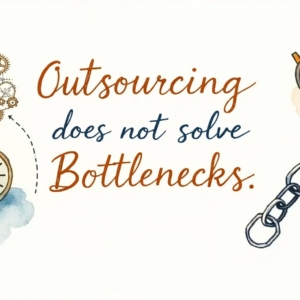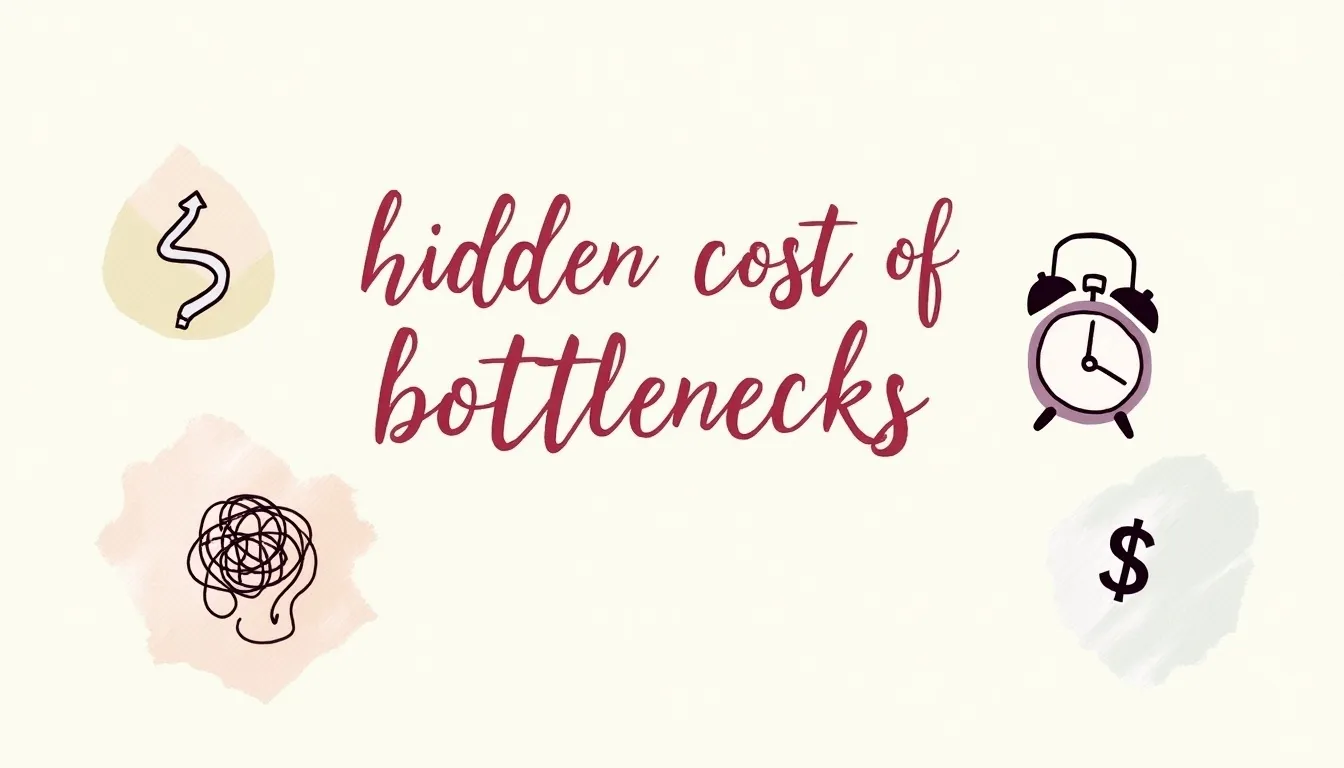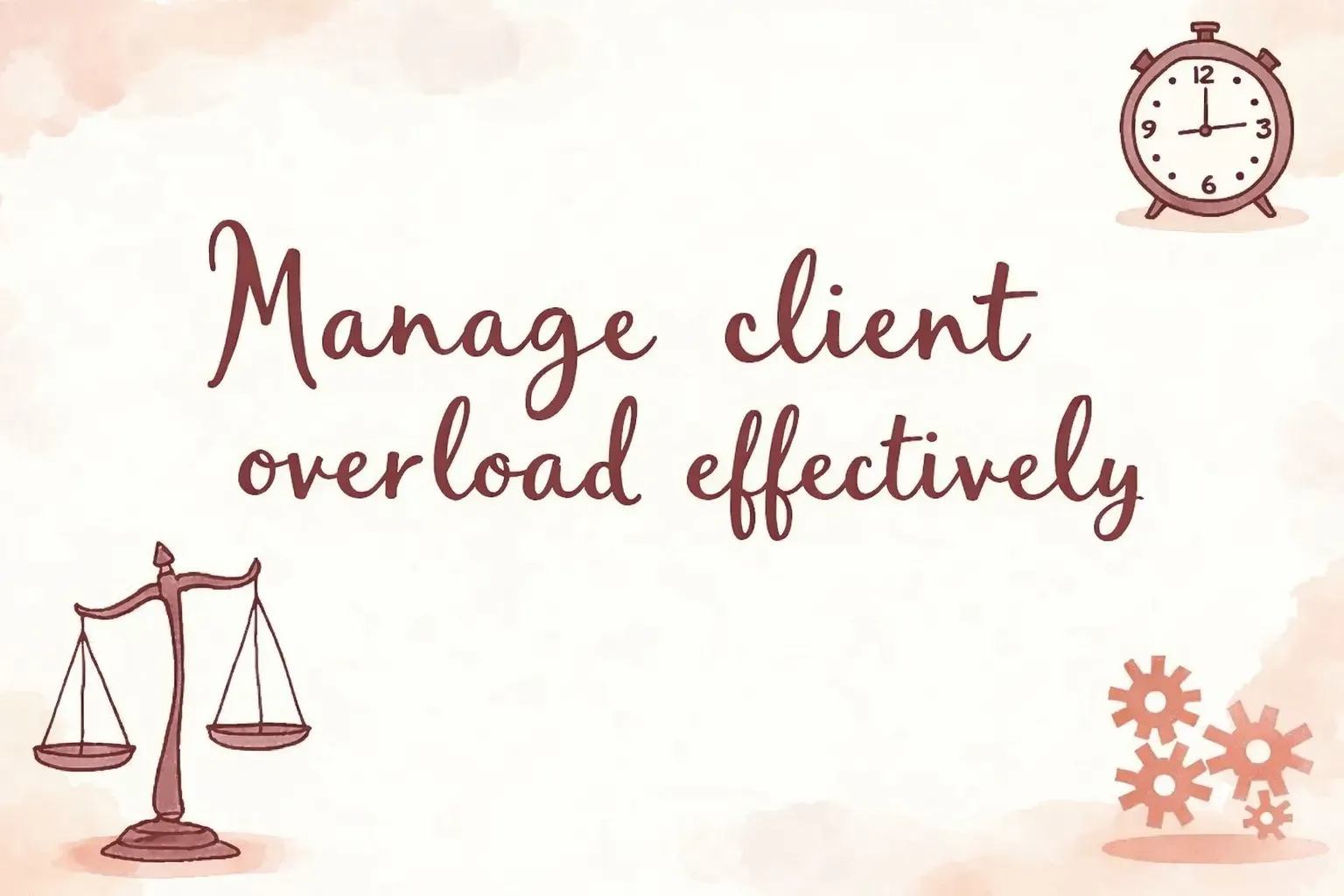To get better at any art form, especially Graphic Design, it’s known that you must first learn the necessary instruments and procedures that make it up. Graphic Design is no distinct from playing an instrument or even a chef making a meal. If the graphic design elements (line, color, texture, shape) are the ingredients set out in front and the design concepts (movement, rhythm, proportion, etc.) are the formula used to produce the meal, then consider the final plating as the graphic design layout.
Yeah, sure, the chef might throw it all in a bowl and call it good. Or, in a way that highlights the individual elements inside, the chef could organize the ingredients; or deliver a message in a beautiful box. With time and attention, the individual consuming the meal can create an unforgettable experience.
Read on to find more about the ways you can structure your graphic design layouts to have the showstopping effect.
The grid
Many designers see all their projects running across an invisible grid. Clean grid lines are popular and almost impossible to avoid in modern web design. There are a few essential explanations for this: grids make it easier to adapt, more efficient, and cleaner for your projects.
Grids not only add organization to the design but the design development process. Say, for a lecture series, you want to create a poster. Build a strong grid, and your simple designs will feel connected if the dates, times, photos, and colors all change. Instant quality and upgrading and adapting for less time. When working in a team, baseline grids often give you a great road-map. The feeling of relief that comes along opening the template of someone else and having a simple grid to follow is known to each designer!
Emphasis and scale
The eye needs typically a place to rest or something of interest to hold it; otherwise, individuals are going to look at the concept and move on quickly. Say, at a family reunion, you take a snapshot of your mom. By making your mother the subject and focal point of your composition, you intend to bring attention to the moment and the joy of that gathering.
Balance
Isn’t everything in life a search to have balance? Design is just no different. To find balance in their system, designers must continuously juggle numerous elements. In each template, imagine an invisible collection of scales and make sure that by cloistering elements on one side of your grid, you don’t tip the scales. By marrying large style elements (“What We Do” “Our Works”) with smaller, equal-sized paragraphs of longer explanatory copy, the above website design does this cleanly.
Bear in mind that white space (or negative space) is an aspect in terms of composition as well. White space provides our eyes with paths in the architecture to pursue. Offer some breathing space to each feature on the page, and the balance between positive and negative space will emerge organically. You can see how bringing the components closer together in the web design above (thus shrinking the negative space and disturbing the piece’s balance) makes the design claustrophobic and inevitably ineffective.
Rule of thirds
In design, the Rule of Thirds is unavoidable. It’s such a clear and powerful fundamental rule; it always feels like a cheat: divide the template into three rows and columns. The points where the vertical and horizontal lines intersect natural form guidelines for where your topic and supporting elements should be positioned. Fighting to find harmony in your designs? The Rule of Thirds is your new best friend now.
Rule of odds
The Rule of Odds says that pleasing layouts often appear to have an odd number of elements. Most commonly three, positioned in the foreground. In the middle, the two objects on the outside both complement the focal point, creating a precise, natural balance. In logo design, this is also true, where the company name will offset a centered label on either side.

This is only a description of the various ways in which a designer can shape a composition to have the most significant effect on viewers. Know, as well, that rules are meant to be broken. But once you begin to understand and apply these rules and systems in your work, your designs will be improved and strengthened immeasurably.





















